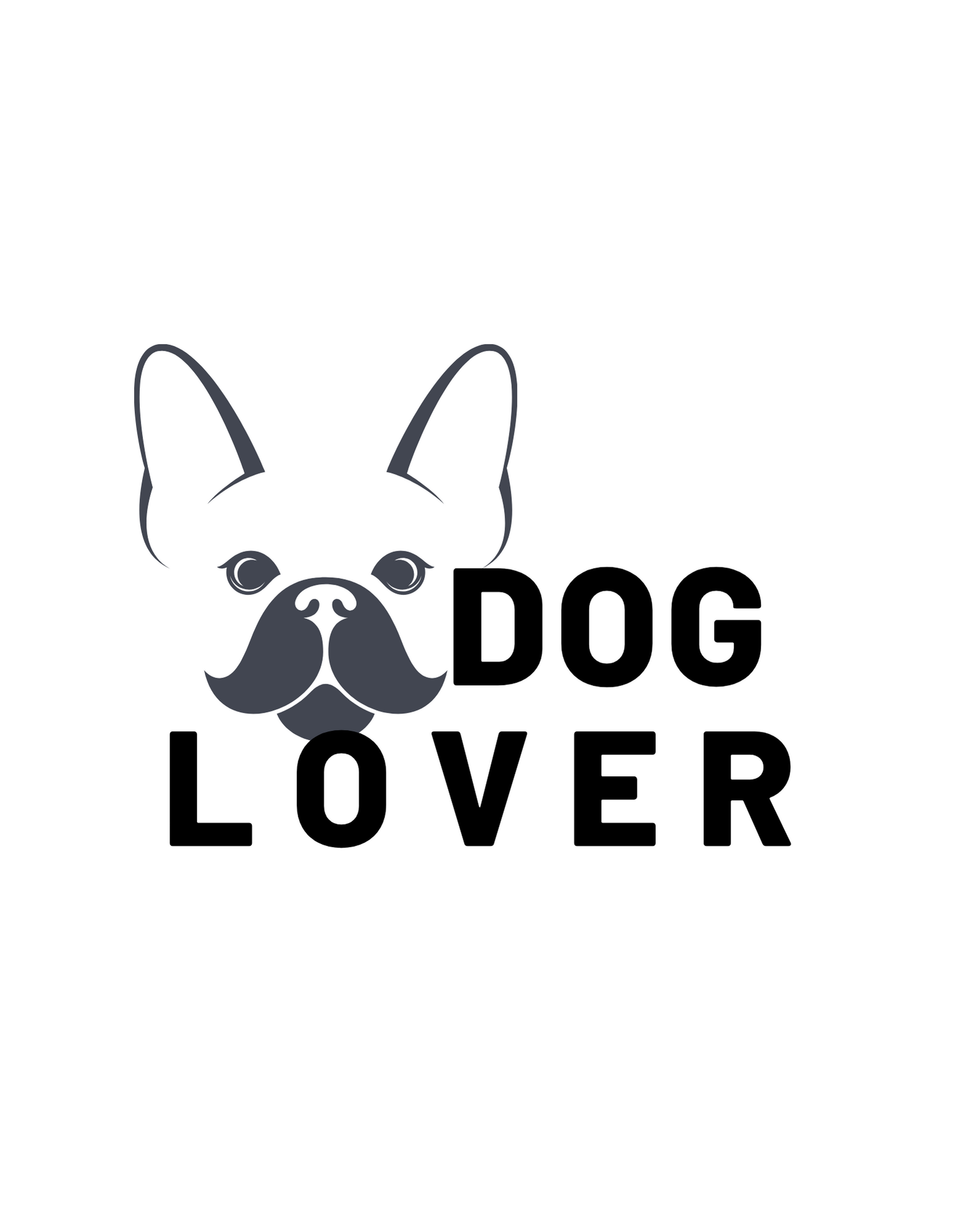As a pet parent, you love and cherish your pet immensely and thus strive to give it the best care you can.
However, veterinary emergencies such as unexpected illness or injury can occur despite your efforts to protect your pet and leave your wallet heavily dented. And that’s where pet insurance comes in.
Why Consider Pet Insurance?
Typically, a pet insurance policy will help you cover unexpected vet bills in case your pet suddenly falls ill or is accidentally injured.
Generally, a pet insurance policy will:
- Give you peace of mind as it enables you to pay for unexpected vet bills with ease
- Help you mitigate the high costs of emergency treatments or surgeries
- Help you afford specialized care or treatments for diseases like cancer and other chronic conditions.
What is Pet Insurance?
Pet insurance is a policy designed to cover a pet’s medical costs and other expenses. It provides financial coverage and minimizes the cost of veterinary care.
Key Terms to Understand
These are some key terms you’ll need to understand in pet insurance:
- Premiums: These are the monthly or yearly amounts that you are supposed to pay to keep your pet insurance policy active. Depending on the type of policy you select, premiums are used to cover part of your pet’s veterinary bills.
- Deductibles: A deductible is a predetermined amount of money that you, as a pet owner, have to pay out of pocket before a pet insurance company starts covering your veterinary services costs.
- Reimbursements: This is a portion of approved veterinarian expenses (usually expressed as a percentage) that your insurance company will repay for qualified claims.
- Coverage limits: This is the maximum amount of money your insurance company will pay out for approved claims.
Types of Pet Insurance Plans
The following are some types of pet insurance plans available today:
- Accident-Only Coverage: This covers veterinary expenses resulting from accidental injuries such as broken bones, poisoning, bite wounds, burns, and fractures. This is ideal if you are looking for affordable coverage or if your pet doesn’t qualify for comprehensive coverage due to its health or age.
- Accident & Illness Coverage: This is the most common plan and offers coverage for accidental injury and a range of illnesses, including infections and chronic diseases.
- Wellness Plans (Preventive Care): These are optional add-ons to standard policies offered by pet insurers to cover a pet’s routine care expenses such as vaccinations, check-ups, dental care, microchipping, etc
- Comprehensive coverage: This is the highest and most expensive level of coverage. It offers the broadest protection, covering illnesses, accidents, and preventive and routine care expenses.
Key Factors to Consider Before Signing Up
Different insurance companies offer different pet insurance plans. These are some of the things you should consider before signing up:
- Breed-Specific Risks: Different breeds are prone to different health risks. Consider the plan that best suits your pet based on its breed.
- Age of Pet: Pets tend to experience more health issues as they grow older. Pet insurance premiums also tend to rise with the increase in age, with some plans even imposing age limits. The older the pet, the more you are likely to pay for pet insurance.
- Coverage Exclusions: Consider what a plan includes and excludes. Some covers exclude pre-existing, hereditary, and congenital conditions, as well as elective procedures and behavioral therapies.
- Waiting Periods: All insurance policies have a waiting period, which is the time between the start of the policy and when coverage begins for certain conditions.
- Reimbursement Levels & Deductibles: Consider how much you get back after claims and out-of-pocket costs.
Common Misconceptions About Pet Insurance
The following are some common misconceptions about pet insurance:
- It doesn’t cover ALL medical costs: This is not true as the plan you chose determines what is to be covered and what’s not.
- Pets with pre-existing conditions can’t get coverage for those conditions: While some plans may not cover pre-existing conditions, you can get add-on plans to cover them.
- Routine check-ups aren’t always included without a wellness add-on: A comprehensive plan covers the routine check-ups.
How to Choose the Right Policy
The right policy for your pet will depend on several factors including its specific health needs and your budget. Follow these steps to choose the best policy for your pet:
- Compare different insurers and their plans: Different insurers offer different plans with different costs. Before settling on any, make a comparison to ensure you get the best deal.
- Understand your pet’s specific needs: Take into consideration your pet’s specific needs based on its breed, age, and medical history, and go for the policy that includes these needs.
- Read customer reviews and check the insurer’s reputation for customer service: Look at what other customers are saying about different insurers to ensure you get a credible one.
- Look for flexible plans: Opt for insurers with flexible plans such as customizable reimbursement rates, deductibles, etc
How Much Does Pet Insurance Cost?
The cost of pet insurance is influenced by several factors including the breed of the pet, age, location, type of plan, and the location among others. However, the average cost of insurance is about $51 and $ 27 per month for dogs and cats respectively.
Average insurance cost analysis for dogs and cats
| Average Monthly Cost for $5,000 Annual Coverage, $250 Deductible and 80% Reimbursement | Average Monthly Cost for Unlimited Annual Coverage, $250 Deductible and 80% Reimbursement | |
| Dog | $51 | $76 |
| Puppy | $42 | $58 |
| Cat | $27 | $37 |
| Kitten | $23 | $30 |
The Claims Process:
You can submit a pet insurance claim by either requesting for reimbursement or requesting the insurer to pay your vet directly.
To request for a reimbursement you’ll need to:
- Pay the veterinary expenses from your pocket right after the visit
- Fill out a pet insurance claim form
- Submit the completed claim form along with all the necessary supporting documentation to the insurer through the website, email, app, fax, or mail
- Ensure that your bank account information and mailing address are up to date
- Wait for for claim approval and payment. This varies from one insurer to the other but typically takes between 10-30 days.
Pros and Cons of Pet Insurance
- Pros:
- Financial protection: Pet insurance significantly helps you reduce out-of-pocket veterinary expenses thus saving money.
- Access to high-quality care: Having a pet insurance plan ensures that you give your pet the best treatment options that addresses their needs as the financial burden is transferred to the insurer.
- Helps in emergencies: A pet insurance plan will ensure that your pet gets medical attention in case of any emergencies even if you are broke.
- Cons:
- It can be expensive, especially for older pets and those predisposed to certain conditions.
- May not cover all necessary treatments: You may need to pay for some treatments out of your pocket
- Some conditions may be excluded: Not all health issues are covered by pet insurance
Conclusion:
Pet insurance is without doubt beneficial to not just the pet but also to you as a pet parent. It helps you safeguard your pet’s health while also taking care of your financial well-being.
It’s important to review the different options based on your pet’s specific needs and settle for the one that best meets these needs. Ensure you read through the fine print before making a decision.


